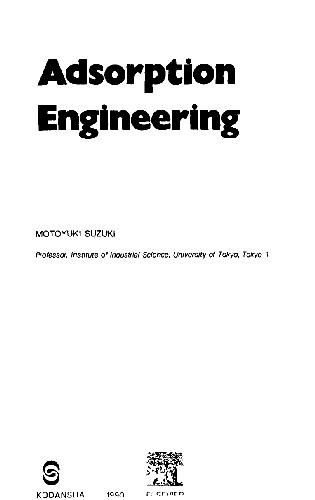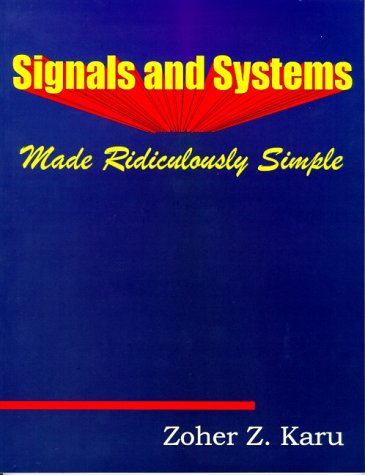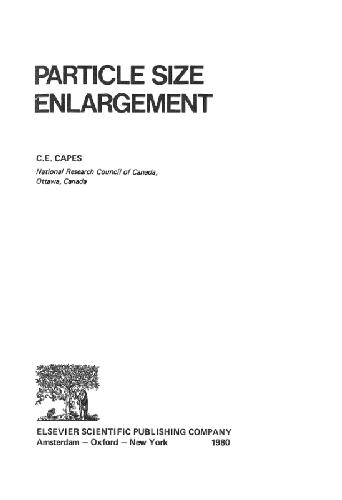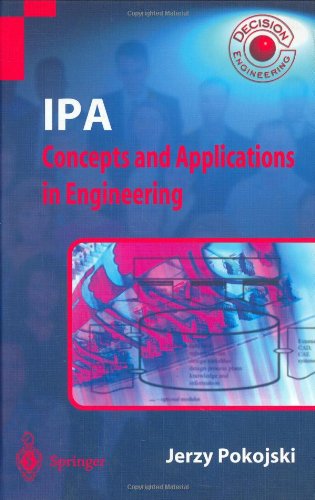Motoyuki Suzuki0-444-41-295-6
The design of adsorption systems has essentially been based on accumulated experience gained over a long period. However, recent advances in chemical engineering in the fields of adsorption and porous bodies have now made it possible to estimate many of the design parameters with sufficient accuracy.The author of this book has worked on various aspects of adsorption from the viewpoint of basic phenomenology and applications to separation processes in chemical industry and environmental pollution control. He has written this book with the aim of establishing a basic chemical engineering methodology for adsorption process design. Throughout the book, activated carbon is used as the main example of adsorbent in the application of the methodology and principles, although topics on special adsorbent systems are also included to cover modern development of adsorption technology. The general principles are applicable to any adsorption process used in practical systems.Adsorption Engineering will interest engineers, technicians, graduate students and researchers working in or studying adsorption in the chemical, environmental, food, biochemical and related industries |
Table of contents :
Preface……Page 4
Contents……Page 5
1 Introduction……Page 8
2 Porous Adsorbents……Page 11
3 Adsorption Equilibrium……Page 41
4 Diffusion in Porous Particles……Page 69
5 Kinetics of Adsorption in a Vessel……Page 100
6 Kinetics of Adsorption in a Column – Chromatographic Analysis……Page 130
7 Kinetics of Adsorption in a Column – Breakthrough Curves……Page 156
8 Heat Effect in Adsorption Operation……Page 192
9 Regeneration of Spent Adsorbent……Page 209
10 Chromatographic Separation……Page 233
11 Pressure Swing Adsorption……Page 248 |







Reviews
There are no reviews yet.